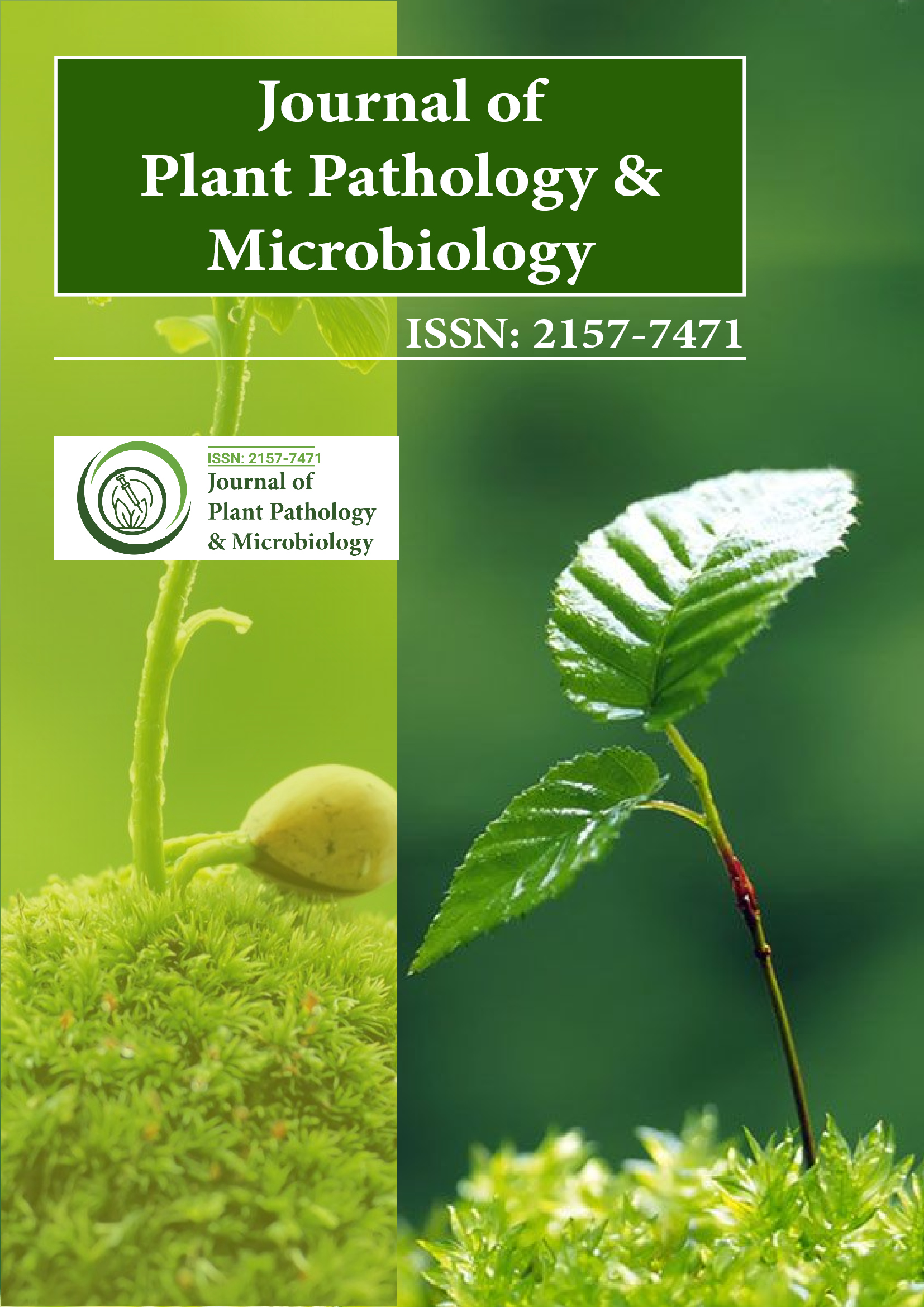インデックス付き
- Jゲートを開く
- Genamics JournalSeek
- アカデミックキー
- ジャーナル目次
- サイテファクター
- ウルリッヒの定期刊行物ディレクトリ
- Global Online Research in Agriculture (AGORA) へのアクセス
- 電子ジャーナルライブラリ
- 国際農業生物科学センター (CABI)
- レフシーク
- 研究ジャーナル索引作成ディレクトリ (DRJI)
- ハムダード大学
- エブスコ アリゾナ州
- OCLC-WorldCat
- 学者の舵取り
- SWBオンラインカタログ
- 仮想生物学図書館 (vifabio)
- パブロン
- ジュネーブ医学教育研究財団
- ユーロパブ
- Google スカラー
このページをシェアする
ジャーナルチラシ

概要
特定の薬用植物の植物抽出物の、クワの葉斑病に対する抗真菌作用
ウル・ハク S、ハサン SS、ダール A、ミタル V、サハフ KA
真菌毒の使用は病原菌を抑制しますが、その環境毒性のため、有機農業システムでの使用はほとんど許可されていません。したがって、有機農業システムで病原菌に対して使用できる抗真菌特性を持つ植物の使用は、環境に優しい病気管理方法の関心領域になります。州内での幅広い用途とエタノール医薬品としての貴重な用途に基づいて、一般的に入手可能な 6 種類の薬用植物が選択されました。6 種類の植物の冷水抽出物を、特定された 3 種類の斑点病原菌、Cercospora moricola Cooke、Alternaria alternata、Cladosporium cladosporiodes、および植物抽出物に対して試験管内でテストしました。 Artemisia absanthemum、Allium sativa L、uphorbia ligularia Roxb、Zingiber officinale、およびDatura metelは、in vitroで85%を超える分生子阻害を示し、A. absanthemumでは94.56%、野外条件では斑点病の発生率と重症度が50%以上減少しましたが、A. sativa LとE. ligularia RoxbではPDIが0.05%減少しました。スクリーニングされたすべての植物抽出物は、コントロール(水)に対して50%を超える菌糸阻害を示しました。E. ligularia Roxbで70%を超える最高の菌糸阻害が見つかりました。3つの病原体すべてでZ. officinaleがそれに続きました。したがって、抗真菌特性を持つこれらの植物は、少なくともこれらの病原体の影響を軽減するために、これらの病原体に対して使用できます。同様の環境に優しい病気管理方法は、環境意識の高い世代に高く評価されています。したがって、抗真菌作用を持つ新しい植物を探索することで、特に有機農業において環境に優しく持続可能な農業に利用するための資源基盤がさらに増えることになります。